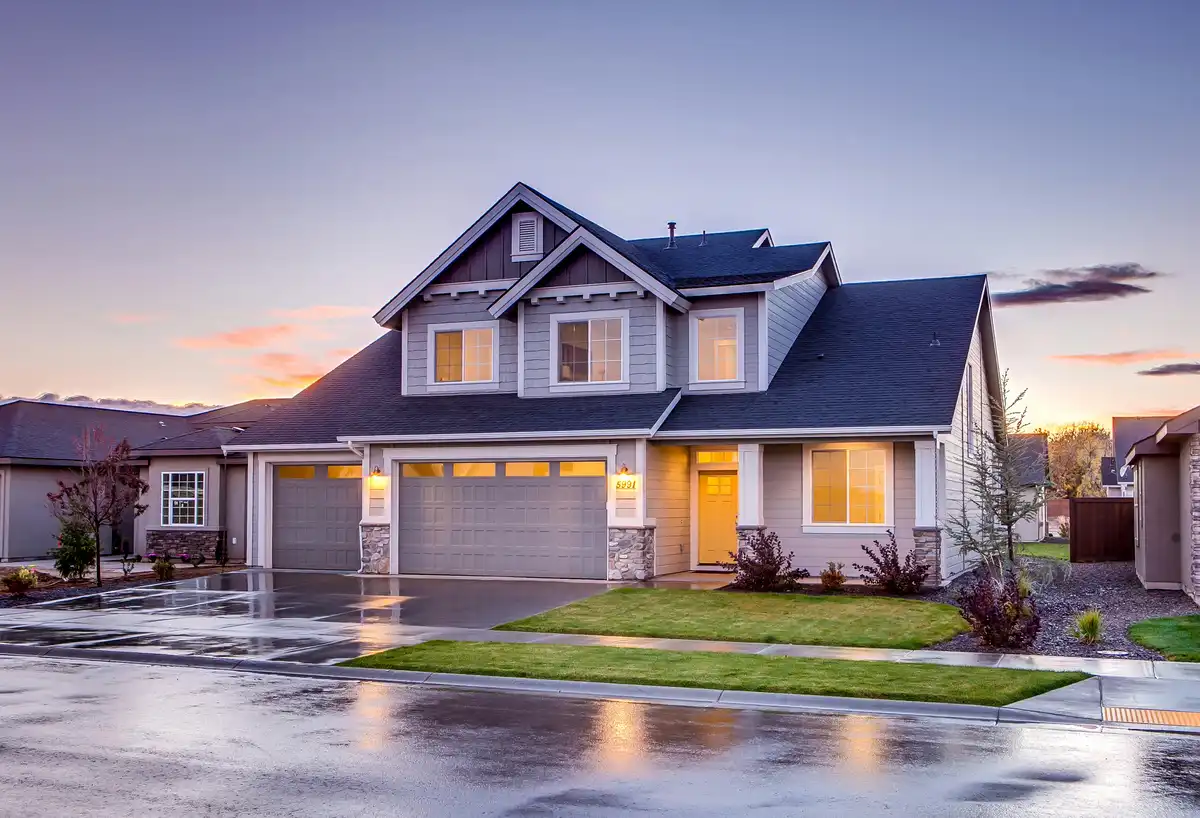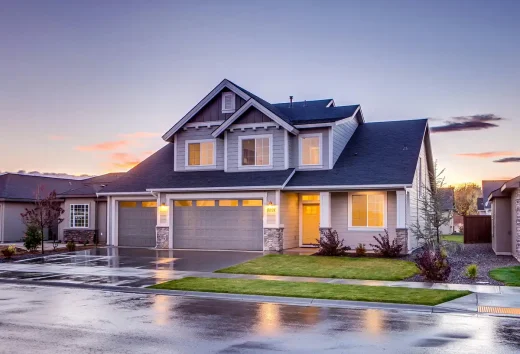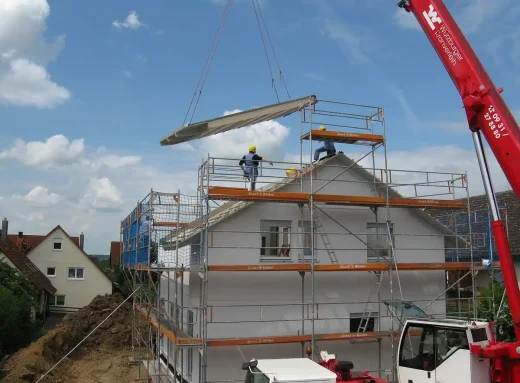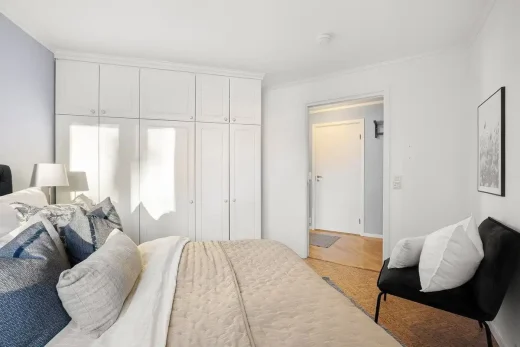Tailored bespoke homes guide, Future house construction, Residential property design
The Future of Construction: Why Tailored Bespoke Homes are Becoming the New Standard
2 October 2024
As the world moves forward, innovation is touching nearly every aspect of our lives—our homes are no exception. Traditional cookie-cutter houses that line suburban streets are being outpaced by a new trend: tailored bespoke homes.
These individually designed and custom-built residences are quickly becoming the new standard in modern construction. But what exactly is driving this shift, and why are more people opting for bespoke living spaces over traditional housing? The answer lies in a combination of personalization, sustainability, technological advancements, and evolving lifestyle preferences.
Quelle: Foto von Binyamin Mellish auf Pexels
Personalization: A House that Fits Like a Glove
One of the most compelling reasons for the rise of tailored bespoke homes is the level of personalization they offer. Unlike standard houses, which are often built en masse with a one-size-fits-all approach, tailored homes are designed to meet the specific needs, tastes, and lifestyles of their owners. Every detail, from the layout and materials to the color schemes and smart home technologies, is carefully chosen by the homeowner, making the house a true reflection of their individuality.
Today’s homeowners are not just looking for a place to live—they’re looking for a home that enhances their quality of life. For instance, a growing family may require an open-concept kitchen and living room to maintain a sense of connectivity, while a remote worker may prioritize a soundproof home office. In the same way, someone passionate about sustainability might choose eco-friendly building materials and install solar panels. The ability to tailor every aspect of the house makes bespoke homes the ultimate living solution for the modern world.
Sustainability: Building with the Future in Mind
Sustainability has moved from a buzzword to a necessity in construction. As environmental concerns intensify, many homeowners are seeking ways to minimize their carbon footprint. Tailored bespoke homes are well-suited to meet this demand. When constructing a home from scratch, there is ample opportunity to incorporate sustainable materials, energy-efficient technologies, and designs that make use of natural resources like sunlight and wind.
Many bespoke homes are built with advanced insulation, water recycling systems, and renewable energy sources like solar or geothermal power, reducing long-term environmental impact. Furthermore, because bespoke homes are built with the occupants’ exact needs in mind, they tend to minimize wasted space, resulting in homes that are more energy-efficient overall. This efficiency translates into lower energy bills and a reduced ecological footprint.
Technological Advancements: Smarter, Faster, Greener
Technology is transforming every stage of the bespoke home-building process, making it faster, more efficient, and more precise. Digital tools like Building Information Modeling (BIM) and 3D printing have revolutionized how architects and builders create custom homes. BIM allows for highly detailed and accurate plans, reducing errors during construction and ensuring that every aspect of the design is executed perfectly.
Additionally, smart home technologies are often integrated into bespoke designs from the outset. From automated lighting and climate control to advanced security systems, these technologies make homes more comfortable, secure, and efficient. Homeowners can monitor and control various aspects of their homes remotely, optimizing energy use and enhancing their day-to-day living experience.
Technological advancements also allow for the use of prefabricated components, which can be custom-made and then quickly assembled on-site. This reduces construction time and costs while maintaining the high level of customization that homeowners expect from a bespoke home.
Evolving Lifestyles: Homes for Modern Living
Another significant factor driving the popularity of bespoke homes is the evolving nature of how people live. The shift to remote work, the rise of multigenerational living, and a greater focus on wellness are all influencing the types of spaces people want in their homes.
Many bespoke homes now include home offices, workout spaces, and even meditation rooms designed to foster mental and physical well-being. As lifestyles change, homes need to be more adaptable. This is something traditional housing struggles to accommodate, while tailored homes are inherently designed to be flexible.
For instance, a bespoke home might feature a home office that can later be converted into a guest room or a gym as the needs of the family evolve. These homes are built not just for the present but with future changes in mind, making them a long-term investment in comfort and functionality.
Conclusion: The New Standard in Homebuilding
Tailored bespoke homes represent the future of construction, as they address the growing demand for personalization, sustainability, and technological integration. They cater to modern lifestyles and are designed to evolve with the needs of their inhabitants.
As the trend continues to grow, it’s likely that more homeowners will opt for bespoke designs over traditional ones, seeking homes that truly reflect who they are and how they want to live. In a world where individuality and sustainability are more important than ever, the bespoke home is well on its way to becoming the new standard.
Comments on this guide to Tailored Bespoke Homes article are welcome.
New Canadian Houses
Contemporary Canadian Residences – recent selection from e-architect:
Forest Retreat, Caledon, Ontario property
Shift House, North York, Ontario property
Building Articles
Residential Architecture
Comments / photos for the Custom Homes Best Practices page welcome








